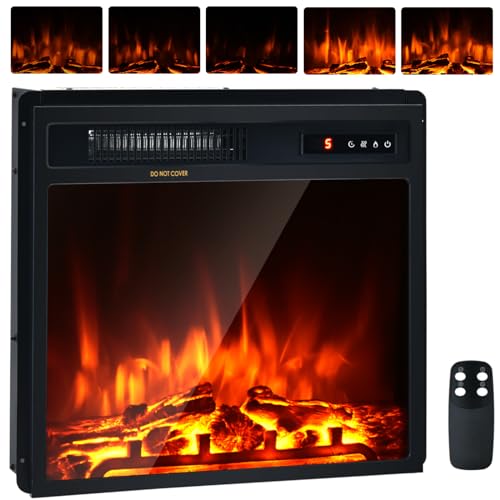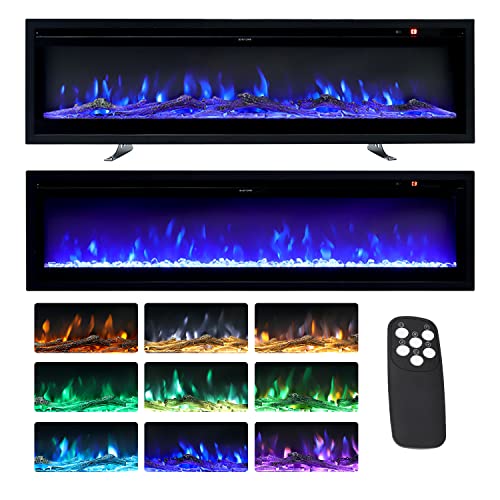9 Lessons Your Parents Taught You About Wood Burning Stove For Shed
페이지 정보

본문
 Installing a Wood Burning Stove For a Shed
Installing a Wood Burning Stove For a Shed corner wood burning stove burning stove for shed (https://mcbride-hjorth-4.technetbloggers.de/This-weeks-top-stories-about-wood-burning-fireplace-wood-burning-fireplace/) burning stoves for sheds are a great option for gardeners looking to bring a touch of comfort to their retreat. Any DEFRA-compliant shed log burner should be installed in a smoke control area and the flue pipe must be protected.
corner wood burning stove burning stove for shed (https://mcbride-hjorth-4.technetbloggers.de/This-weeks-top-stories-about-wood-burning-fireplace-wood-burning-fireplace/) burning stoves for sheds are a great option for gardeners looking to bring a touch of comfort to their retreat. Any DEFRA-compliant shed log burner should be installed in a smoke control area and the flue pipe must be protected.For fire safety it is also necessary to install non-combustible materials on the walls that are adjacent to and behind the stove.
Size
Wood burning stoves for sheds can be a great addition. They not only provide efficient heating, but they also add a rustic look to the space, creating warmth and ambiance. But, before you decide on a stove for your shed or wood burning stove for shed other off grid dwellings like a shepherd's hut or yurt, or an earthship, container home, you must consider the rules and safety standards.
When you are buying a stove for a shed, log cabin or other outdoor space, the size is an important aspect to take into consideration. While it might be tempting to purchase larger stoves than the room is actually required for, this can often result in a lack of performance and even overheating. To avoid this, we recommend using our KW Calculator to figure out the approximate output required for your room and then adding a few additional KW to ensure.
There are many very small wood burning stove log burners that work well for log cabins and sheds. Charnwood Country 4 is a fantastic example. It is a gorgeous design inspired by the natural world that would fit any shed or log cabin. It is also equipped with a heat output of up to 4800 watts. This model is Ecodesign-ready which means it burns efficiently and produces little air pollution. It also has a huge viewing window and a multi fuel grate, which allows you to burn both smokeless and wood fuel.
The Saltfire Peanut stove is another great option. It is available in a range of colours and can generate heat up to 4.7kW. This model requires a bit more distance from combustibles - 500mm on the sides and back, but this could be reduced to 100mm with shielding. It also has a huge viewing window which makes it an ideal option for any shed or log cabin.
To ensure that you are in compliance with local regulations, you may need to install non-combustible material around the stove or flue pipe depending on the size and style of your shed. This is particularly important when your shed is made of any kind of timber, which must be at least 200mm from the stove in order to prevent fires. If your shed was built from a different material, you should consult an expert installer to ensure that the appropriate insulation measures are in place.
Installation
A wood stove for your shed is a great option to keep your garden retreat warm and cozy during the cold winter months. If you plan to add a wood burning stoves near me burner to your shed, be sure it is installed correctly. This will safeguard your shed against fire damage and ensure that the stove meets safety and building regulations. You must also ensure that the shed is ventilated. This includes making sure that the space around the fireplace is free of combustible material. The shed could become dangerous if it doesn't have enough ventilation. This is because carbon monoxide can build up.
The first step in installing the stove in a shed is to determine the size of the space where you'd like to put it. Consider the size of the wood stove and any other accessories that may be required. Refer to the manufacturer's guidelines for the safe distance away from any combustible materials. It is also important to be aware of the insulation levels of the shed, because they affect how much heat is produced by the stove.
Note the location of the opening you'd like to create in the shed's wall after you have measured it. Use a plumb-line to make sure you are in the right locations. Also, leave enough space between the walls of the side and the chimney stack as well as the back of your stove. You will also need to install a heat shield, which protects the walls of the shed from the heat produced by the stove. This is included with the kit and connects up with the hearth plate.
Also, you must ensure that your shed is equipped with a hearth made of non-combustible materials such as granite, slate or concrete. The hearth should be minimum of 12mm thick and 225mm wide in the front, and 150mm wide on the sides and rear. The flue pipe must be protected, and the safe distance from surfaces that are combustible should not exceed 200mm.
Once the stove and hearth are in place, you should wait at least 24 hours prior to lighting it for the first time. This is so that the sealants and mortar can cure properly.
Ventilation
A wood stove requires oxygen to burn. Without airflow, it can result in a non-burning flame or even carbon monoxide. Vents ensure that the flow of air continues around the stove when it is in use and prevents carbon monoxide from building up and assisting with circulation of air. Vents should be the same dimensions as the chimney/flue and be as close as possible to the stove.
There are a number of rules that you have to be aware of, especially in regard to ventilation, when installing a wood burning stove in a shed. You could be fined for not complying with. To avoid this, always employ a HETAS certified installer to carry out your installation and give you a the certificate of conformity.
The Building Regulation Approved document Part J, which governs the installation of chimneys and flues must also be followed. The distance between the flue pipe and any combustible materials, such as walls or ceilings, is also included. The stove and the flue need to be protected from fire damage by either heat shielding, or an insulation panel.
It is recommended to put an insulated board behind the hearth of the shed and in front of the flue outlet. This will prevent the flue gasses from being trapped in walls that are not insulated which could cause fire damage.
You can also safeguard your home from dampness by placing it away from possible sources of water. This includes leaky windows or doors, as well as any places where rainwater could spill onto the stove and chimney pipe.
A dehumidifier can also help to reduce moisture in the air and create a more comfortable atmosphere. It will also prevent mold and fungus from growing on the exterior of your shed. This can affect the performance and cause damage to the stove.
The kind of fuel you burn on your log burner will have an effect on the performance of your log burner too. Avoid burning treated wood off-cuts or particle board. These types of materials produce harmful chemicals that can harm the stove and flue system, and can cause excessive emissions and potentially dangerously high temperatures in flue gasses. Don't burn garbage like cardboard or tyres. They're harmful to the environment and can clog your stove.
Safety
It is possible to install a log stove in a shed. However it is crucial to follow the right installation guidelines and to ensure that you are taking all safety precautions. This includes ensuring that your shed meets the requirements for installing log burners, and making sure that your chimney and flue system is in good working order. It is also a good idea to make sure you have the correct fire insurance.
The first thing to consider when looking for a shed for a wood stove is its construction materials. Certain sheds, especially ones with a corrugated metal roof, Wood burning stove for Shed may not be suitable for installations of log burners because of fire safety concerns. It is also important to be aware that using wood as a construction material in this application may be prohibited by local planning regulations.
Also, you must make sure that your shed is ventilated. Without it, the combustion process will not be as efficient and could pose an health risk due to carbon monoxide accumulating. Additionally, a lack of ventilation can lead to condensation, which can cause damp issues in the shed.
Make sure that your shed isn't situated too close to a stairwell, as this will cause warmed air to rise up and lose heat as it rises. Likewise, your shed should not be too far away from a window, as this could cause drafts that can cause stoves to be unable to function, like the open window detection system.
It is also important to examine the shed roof to make sure it's watertight and properly sealed the area where the flue pipe runs through. It is recommended that you hire an expert roofer to carry out the work so that it is completed to a high standard and in compliance with fire and building regulations. It is recommended to have a class A fire extinguisher in the shed to respond quickly to any smoke or fire problems. It is recommended that you check your shed every year for signs of wear and damage, and repair them. You should also ensure that the chimney and flue cleaned regularly to avoid the accumulation of creosote.
- 이전글You Are Responsible For The ADHD Assessment For Adults Budget? 12 Ways To Spend Your Money 25.02.10
- 다음글Nine Things That Your Parent Taught You About How To Get Assessed For ADHD As An Adult 25.02.10
댓글목록
등록된 댓글이 없습니다.